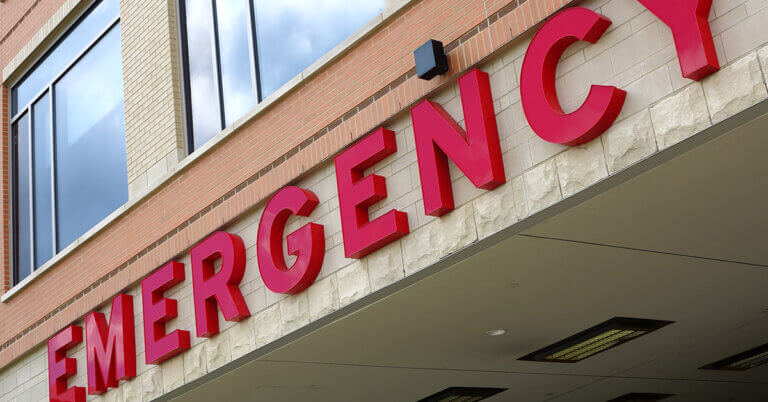November 10, 2021

What Private Equity Firms Do to Hospitals
In a column I wrote last year, I called private-equity firms “healthcare’s house flippers” because what they do—maximize the value of an acquired hospital or medical practice to turn a quick profit—is a lot like what house flippers do—maximize the value of an acquired house to turn a quick profit.
We know from watching home-improvement shows what house flippers do to a newly acquired house to make it more attractive to potential buyers—repair any structural problems, knock down a few walls to open up the first-floor floor plan, remodel the kitchen, expand the master bathroom, landscape the front yard and add a fresh coat of paint to pretty much everything.
We don’t know because it’s not on television what private-equity firms do to a newly acquired hospital to make it more attractive to potential buyers. But now we do, thanks to a new study in Health Affairs. You can download the study here.
Five researchers from Duke and Rice universities compared service-line changes—think rooms and features in a house—made by private-equity acquired hospitals compared with those made by peer hospitals that weren’t acquired by private-equity firms.
The study pool consisted of 4,781 hospitals of which 228 were acquired by private equity firms over the 10-year study period from Jan. 1, 2006, through Dec. 31, 2015. They compared service lines and service-line changes between the two groups from 2004, or two years before any PE acquisition, through 2018, or up to three years after any PE acquisition. The researchers included 30 service lines—17 profitable and 13 unprofitable—in their analysis.
In total, for both acquired and non-acquired hospitals, the five profitable service lines that grew the most over the study period were:
- Robotic surgery
- Digital mammography
- Freestanding or satellite emergency rooms
- Adult cardiac surgery
- Adult interventional cardiac catherization
Only one profitable service line shrank in numbers, and that was birthing rooms and/or labor and delivery departments. Only one unprofitable service line—adult day-care programs—declined.
But here are the interesting parts. Using some fancy math and modeling, the researchers found that PE-acquired hospitals were:
- More likely to offer six of the most profitable service lines
- Less likely to offer seven of the most unprofitable service lines
- Quicker to adopt profitable service lines after acquisition than their non-acquired peer hospitals
“The results presented in this study show a relationship between private equity acquisition and systematic changes in the central activity of hospitals: providing care,” the researchers said.
In short, the hospitals’ new PE owners changed what their newly acquired hospitals can do for patients. Patients may benefit from those changes, but they’re not the reason why the PE firms made them.
“Private equity-acquired hospitals adopt technology in response to a profit incentive and pivot toward service lines and contractual arrangements that are rewarded by payers,” the researchers said.
In short, and as we like to say at 4sight Health, you get the care that you pay for.
Like patients, new homeowners may benefit from a structurally sound foundation, an open floor plan, a bigger kitchen and a more spacious master bath. But that’s not why a house flipper made those changes to a newly acquired house. The flipper made them to make the house more valuable to a buyer and up the flipper’s profit from the sale.
The analogy holds.
If you’d like to read more about private equity in healthcare, check out these other blog posts on 4sighthealth.com:
- “More Questions, Few Answers in MedPAC Report on Private Equity in Healthcare”
- “Which Way Will the Private Equity Pendulum Swing for Patients?”
Thanks for reading.





